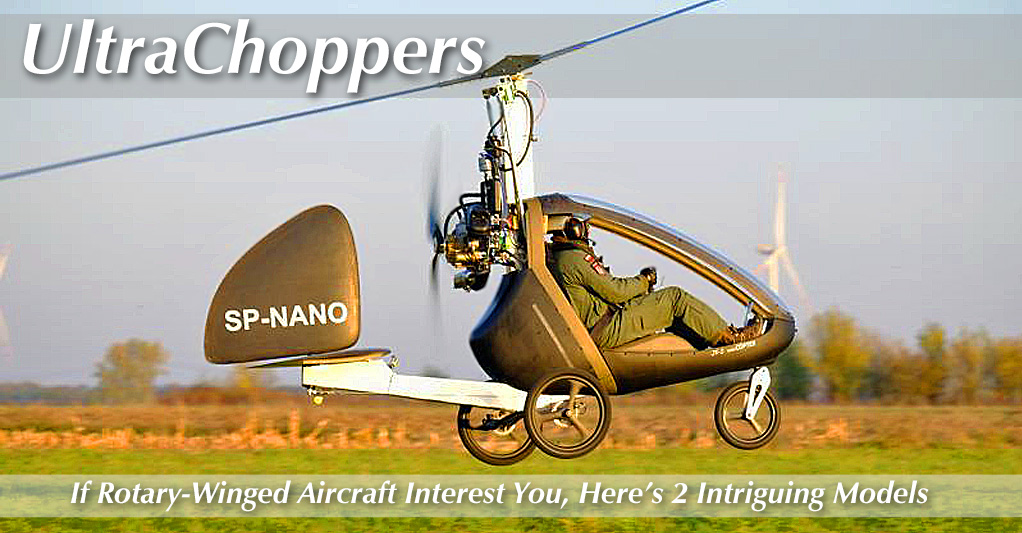
A mid-week demonstration featured Europe’s Volocopter and America’s Opener BlackFly. The two (three actually, a pair of BlackFlys flew) demonstrated their eVTOL flying capability. They could hardly have been more different. Billionaires are investing in, uh, what to call them? …drones, multicopters, eVTOLs, UASs, UAVs, Powered Lift aircraft, the list literally goes on and on. The lack of a widely accepted generic name is one of several indications these air taxis of tomorrow are still in a fairly distant tomorrow. Two industry experts gave me their judgment after viewing the Volocopter and BlackFly demonstrations. Both agreed the Volocopter presented better, performing a true demonstration of its vertical launch then transitioning to forward flight, manuevering, and then doing a landing. Both also said the BlackFly was much less impressive. “They just kind of bobbed and floated around, not doing any maneuvering or making a transition to forward flight,” each agreed. Both wanted to like each aircraft but one clearly won in their minds.


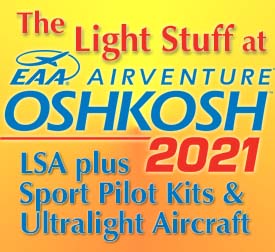 Billionaires are investing in, uh, what to call them? …drones, multicopters, eVTOLs, UASs, UAVs, Powered Lift aircraft, the list literally goes on and on. The lack of a widely accepted generic name is one of several indications these air taxis of tomorrow are still in a fairly distant tomorrow.
Two industry experts gave me their judgment after viewing the Volocopter and BlackFly demonstrations. Both agreed the Volocopter presented better, performing a true demonstration of its vertical launch then transitioning to forward flight, manuevering, and then doing a landing. Both also said the BlackFly was much less impressive. "They just kind of bobbed and floated around, not doing any maneuvering or making a transition to forward flight," each agreed. Both wanted to like each aircraft but one clearly won in their minds.
This story is not about either of these developmental vehicles, but here are two links for those interested in the
Billionaires are investing in, uh, what to call them? …drones, multicopters, eVTOLs, UASs, UAVs, Powered Lift aircraft, the list literally goes on and on. The lack of a widely accepted generic name is one of several indications these air taxis of tomorrow are still in a fairly distant tomorrow.
Two industry experts gave me their judgment after viewing the Volocopter and BlackFly demonstrations. Both agreed the Volocopter presented better, performing a true demonstration of its vertical launch then transitioning to forward flight, manuevering, and then doing a landing. Both also said the BlackFly was much less impressive. "They just kind of bobbed and floated around, not doing any maneuvering or making a transition to forward flight," each agreed. Both wanted to like each aircraft but one clearly won in their minds.
This story is not about either of these developmental vehicles, but here are two links for those interested in the 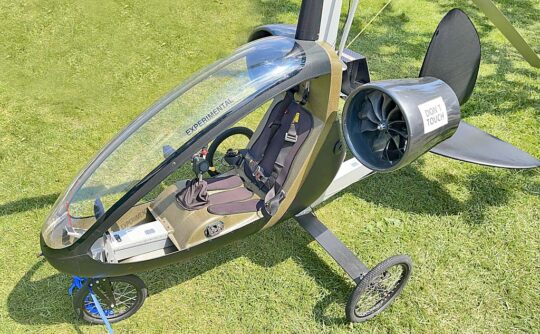 I recall when
I recall when 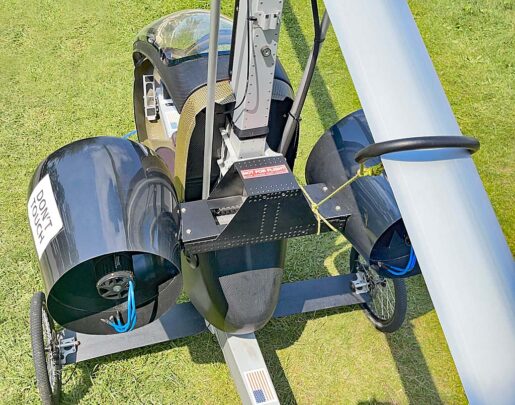 Fusion eNano
Fusion eNano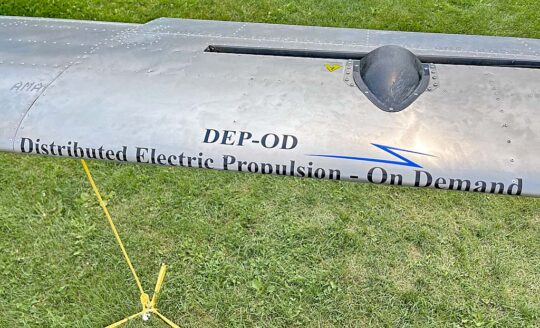 I have a video in the works where Chip will explain this more fully and talk about its merits.
Here I will note that accelerating airflow over ailerons is very helpful to slow speed flight and not a new idea. You may have seen the photos of a modified Tecnam Twin with multiple small electric motors lined up all along the leading edge. The idea is to accelerate airflow over the entire wing so this aircraft could perform feats a conventional Twin could not.
By pushing air across the aileron, Merlin Lite with these small motors buried in the wings could maintain control down to nearly zero airspeed. The small wing mounted motor accelerates air over the wing, too, making for very, very short takeoffs. "It could cut takeoff roll by three times," Chip suggested.
I have a video in the works where Chip will explain this more fully and talk about its merits.
Here I will note that accelerating airflow over ailerons is very helpful to slow speed flight and not a new idea. You may have seen the photos of a modified Tecnam Twin with multiple small electric motors lined up all along the leading edge. The idea is to accelerate airflow over the entire wing so this aircraft could perform feats a conventional Twin could not.
By pushing air across the aileron, Merlin Lite with these small motors buried in the wings could maintain control down to nearly zero airspeed. The small wing mounted motor accelerates air over the wing, too, making for very, very short takeoffs. "It could cut takeoff roll by three times," Chip suggested.
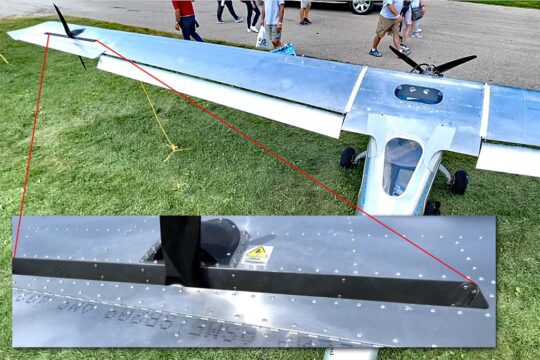 So Merlin doesn't use electric power for main thrust but does make effective use of electric propulsion.
As a side note, Merlin Lite definitely will be offered with battery electric for primary thrust. Combine the wing (and possibly tail) in-wing thrust units with main power and you could have an ultralight with up to six motors, said Chip. Does that sound like a lot? Maybe, but Volocopter has 18 motors.
Electric has a future, I'm sure, but it has a present as well and it is in Part 103-type ultralights today. I'll try to keep up for those many of you intrigued by electric.
Whatever the product timelines, these machines have large appeal.
So Merlin doesn't use electric power for main thrust but does make effective use of electric propulsion.
As a side note, Merlin Lite definitely will be offered with battery electric for primary thrust. Combine the wing (and possibly tail) in-wing thrust units with main power and you could have an ultralight with up to six motors, said Chip. Does that sound like a lot? Maybe, but Volocopter has 18 motors.
Electric has a future, I'm sure, but it has a present as well and it is in Part 103-type ultralights today. I'll try to keep up for those many of you intrigued by electric.
Whatever the product timelines, these machines have large appeal.
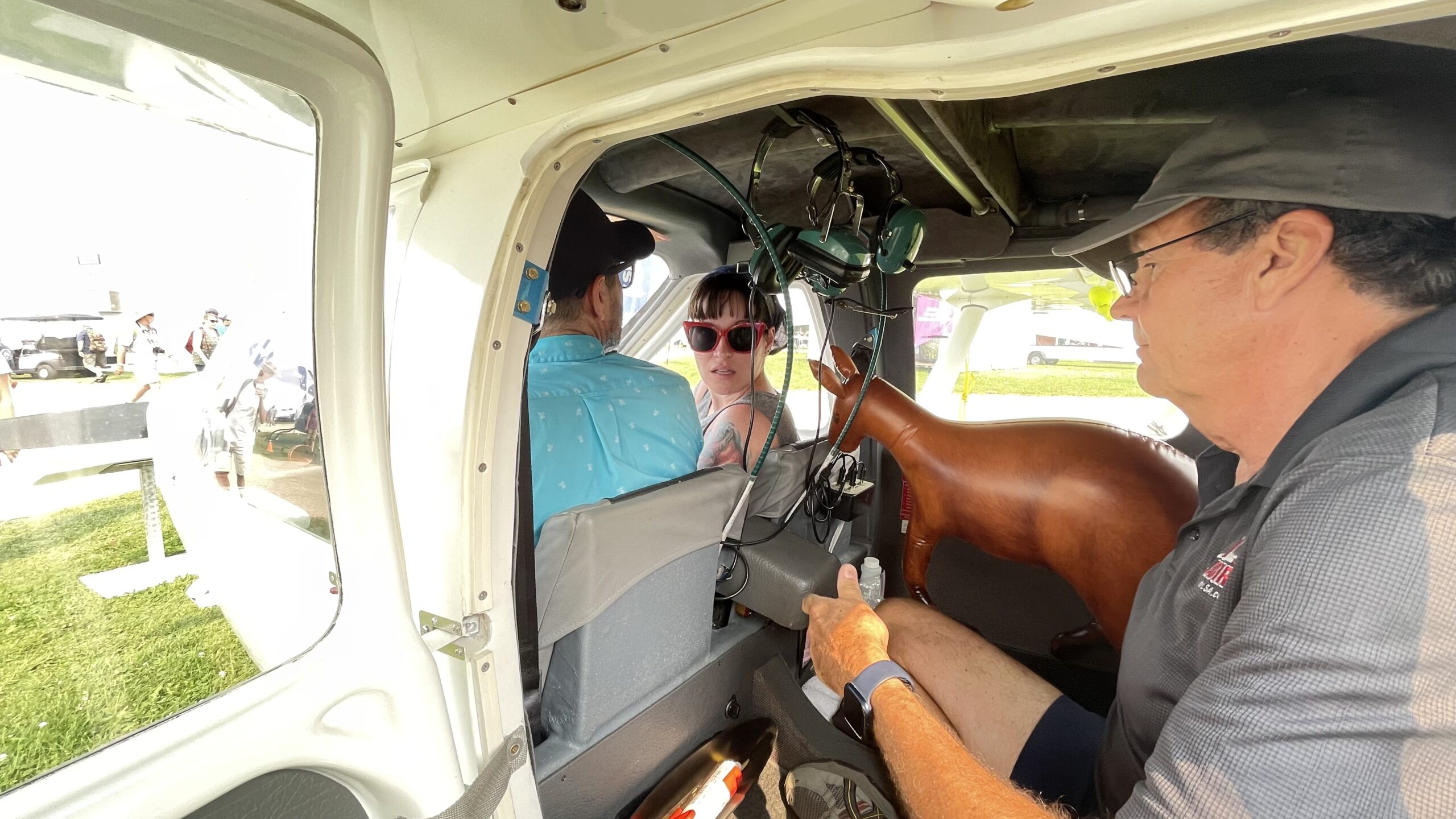
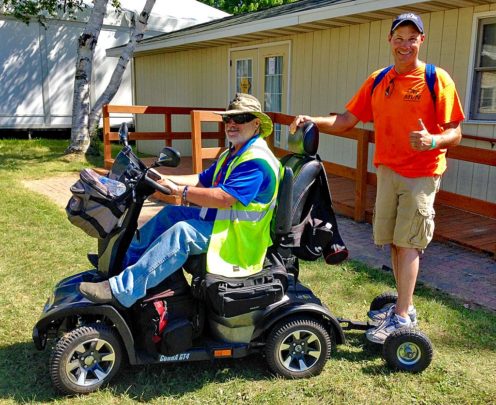
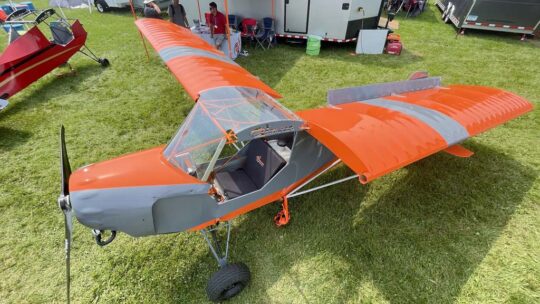 BADLAND AIRCRAFT / F-SERIES
BADLAND AIRCRAFT / F-SERIES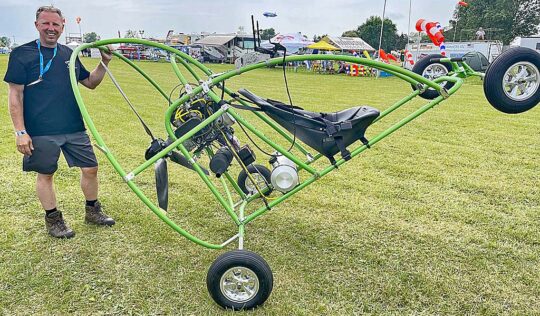
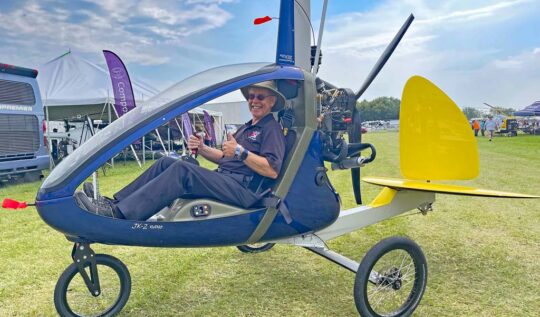
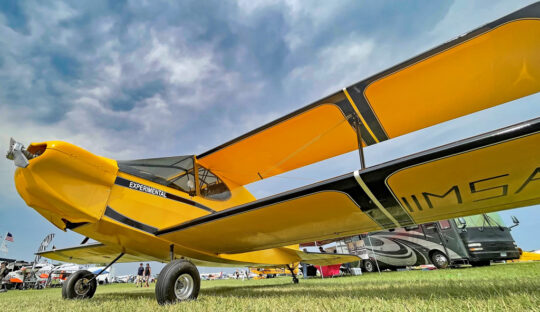 HIPERLIGHT
HIPERLIGHT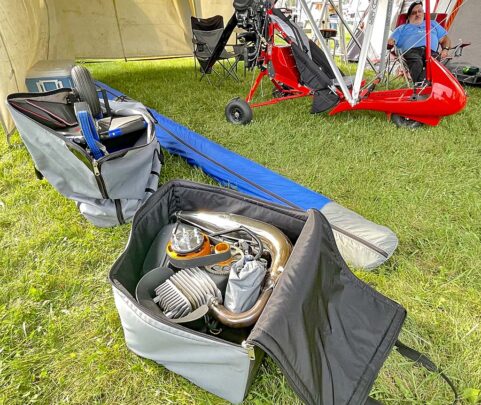
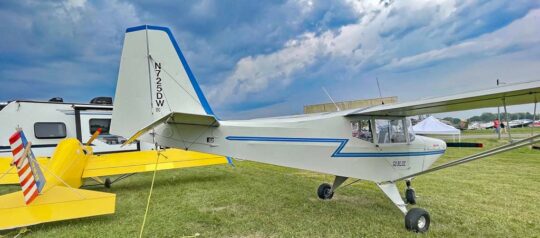 CARLSON SPARROW
CARLSON SPARROW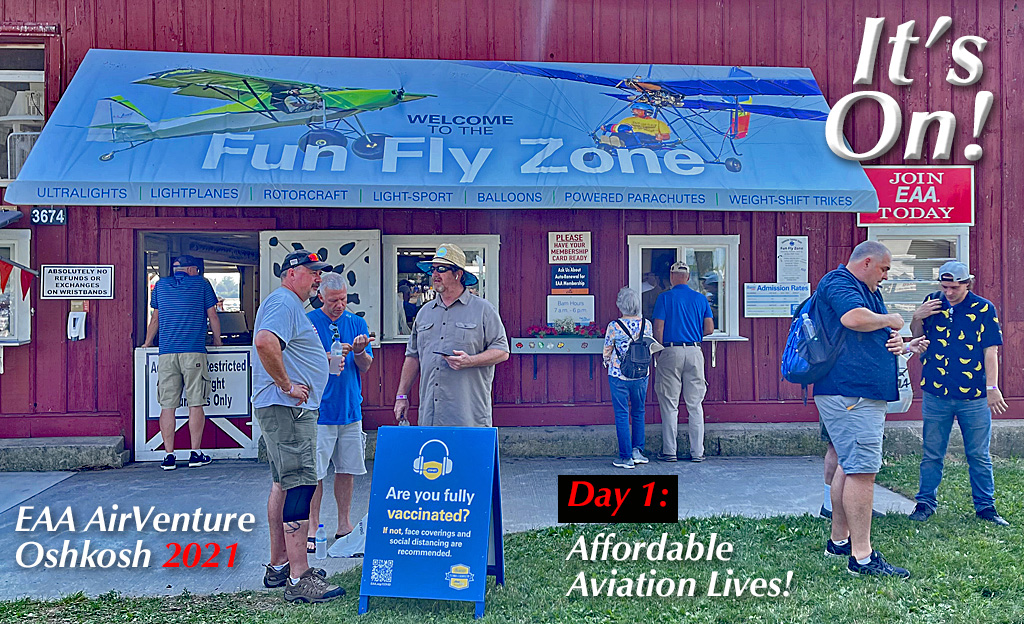
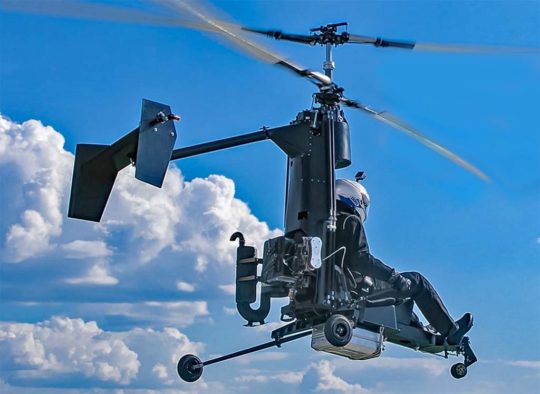 History suggests coaxial rotors originated with Mikhail Lomonosov a very long time ago, according to
History suggests coaxial rotors originated with Mikhail Lomonosov a very long time ago, according to 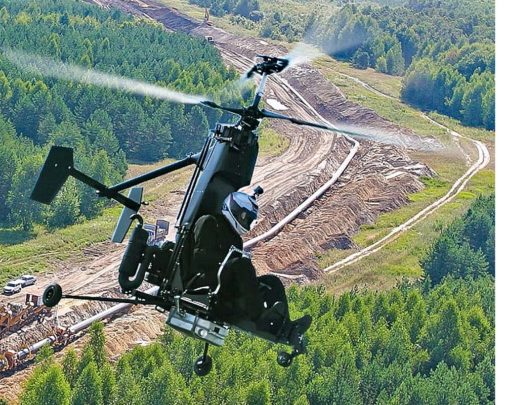
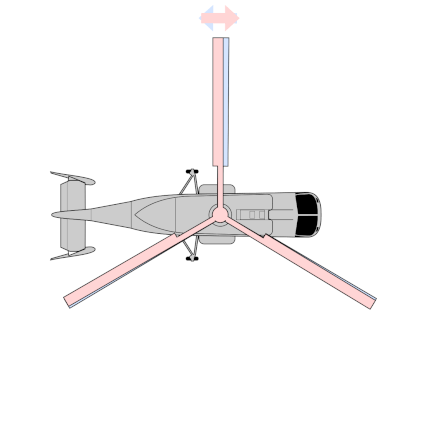 I report this as a fascinating light aircraft but I cannot vouch for Micron-3. It presently has no American representation that I could discover.
I also have no information on pricing although I have contacted the company to request additional details. If they are forthcoming, I'll add to this article.
Generally, though, I can tell you
I report this as a fascinating light aircraft but I cannot vouch for Micron-3. It presently has no American representation that I could discover.
I also have no information on pricing although I have contacted the company to request additional details. If they are forthcoming, I'll add to this article.
Generally, though, I can tell you 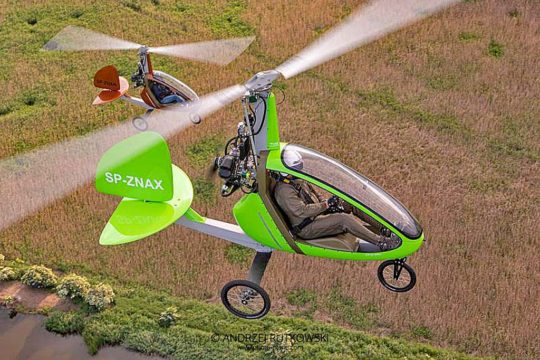 In one way Nano is similar to the original Bensen Gyrocopter. Nano is a single seater. At first, all gyros were one-seaters but since European engineers took the concept and started to advance development, I've seen almost exclusively two seaters.
What's even more unusual is that Nano comes from a company call
In one way Nano is similar to the original Bensen Gyrocopter. Nano is a single seater. At first, all gyros were one-seaters but since European engineers took the concept and started to advance development, I've seen almost exclusively two seaters.
What's even more unusual is that Nano comes from a company call 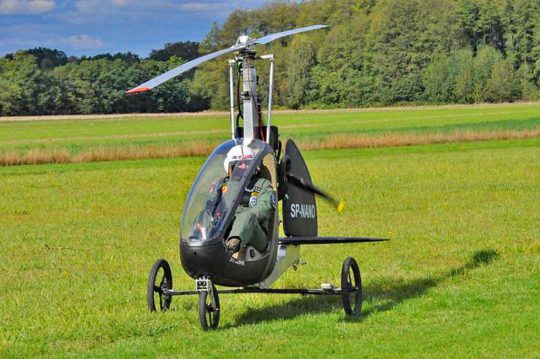 Nano is a simple gyroplane that has a partially-enclosed cabin and a fairly traditional configuration. Empty weight is listed as a modest 220 pounds.
Large-wheels enable take-offs and landings not only on runways but also from undeveloped fields.
Nano uses an aluminum structure, composite body with carbon and kevlar materials. Sturdy-looking 20-inch main wheels allow more confident operation from turf runways or grassy meadows. A suspended 16-inch front wheel also helps negotiate uneven surfaces.
The metal rotor was developed by Fusioncopter, the company notes. Unlike bigger, two-seat gyroplanes that commonly use mechanical means, Nano uses a hydraulic rotor prerotation system to shorten takeoff roll.
It is powered by a popular powered paraglider engine, the Polini Thor 250DS with electric starter and dual ignition system and Fusioncopter reported that it outputs 48 horsepower.
Nano is a simple gyroplane that has a partially-enclosed cabin and a fairly traditional configuration. Empty weight is listed as a modest 220 pounds.
Large-wheels enable take-offs and landings not only on runways but also from undeveloped fields.
Nano uses an aluminum structure, composite body with carbon and kevlar materials. Sturdy-looking 20-inch main wheels allow more confident operation from turf runways or grassy meadows. A suspended 16-inch front wheel also helps negotiate uneven surfaces.
The metal rotor was developed by Fusioncopter, the company notes. Unlike bigger, two-seat gyroplanes that commonly use mechanical means, Nano uses a hydraulic rotor prerotation system to shorten takeoff roll.
It is powered by a popular powered paraglider engine, the Polini Thor 250DS with electric starter and dual ignition system and Fusioncopter reported that it outputs 48 horsepower.
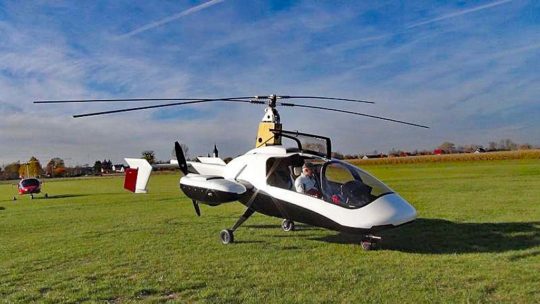
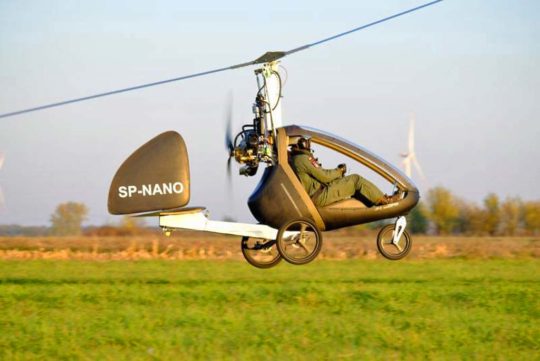 What countries are flying your aircraft? "Today they fly in Poland, Austria, Czech Republic and the next three are going to the USA, followed by two to Germany and two more to Poland."
How long has the company existed? "Fusioncopter was founded in 2012. We made two prototypes of our FC-4 four-seat gyroplane, which needs more time for certification; it shares the same technology employed on JK-2 Nano that is just for fun flying."
When is the twin-engine model available? "I hope we will perform some flights this year but I do not think it will be commercially available for two years (or 2022)."
What countries are flying your aircraft? "Today they fly in Poland, Austria, Czech Republic and the next three are going to the USA, followed by two to Germany and two more to Poland."
How long has the company existed? "Fusioncopter was founded in 2012. We made two prototypes of our FC-4 four-seat gyroplane, which needs more time for certification; it shares the same technology employed on JK-2 Nano that is just for fun flying."
When is the twin-engine model available? "I hope we will perform some flights this year but I do not think it will be commercially available for two years (or 2022)."
